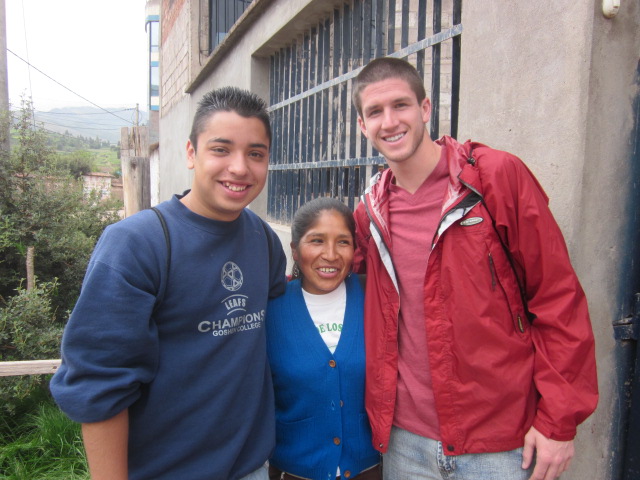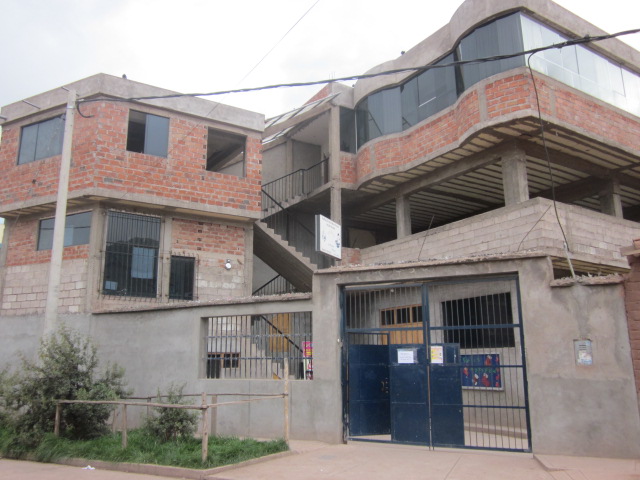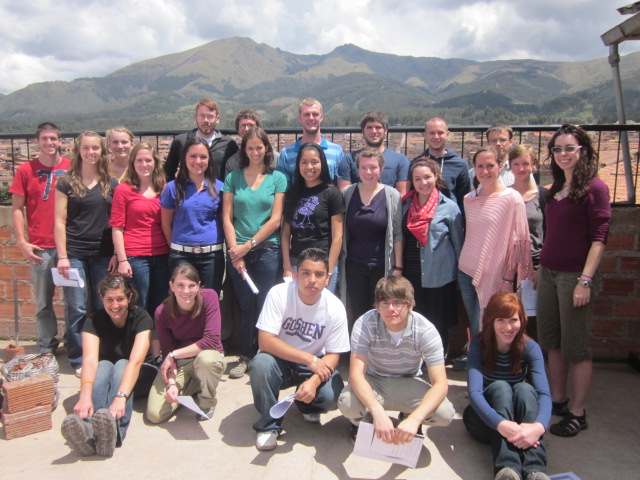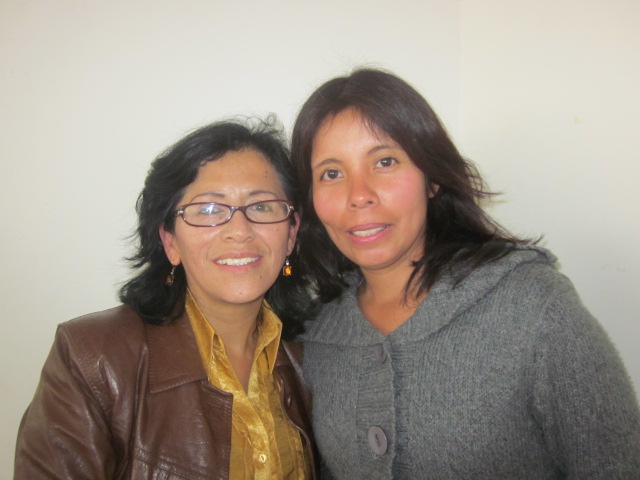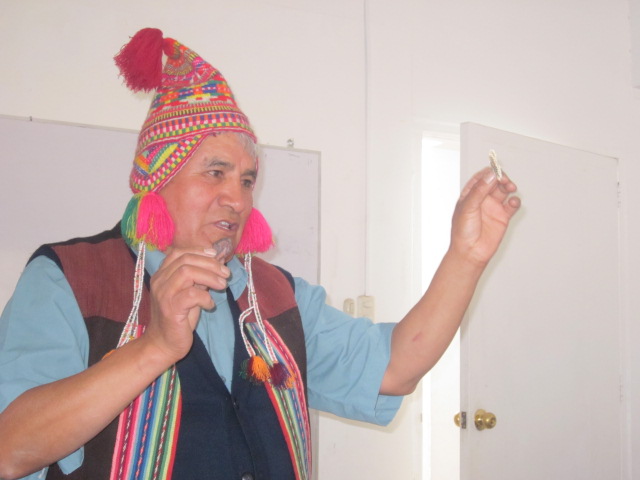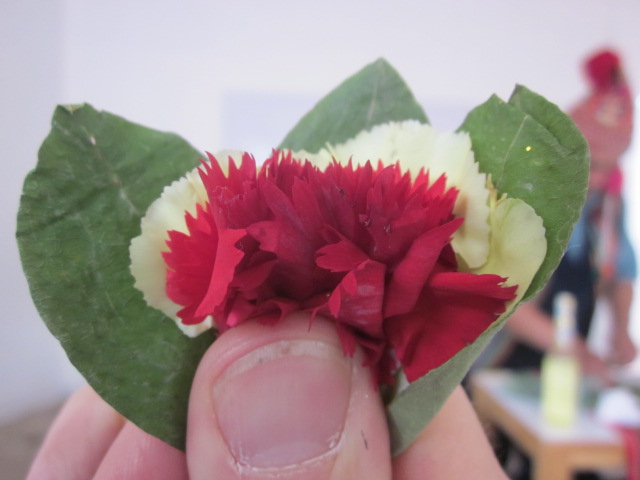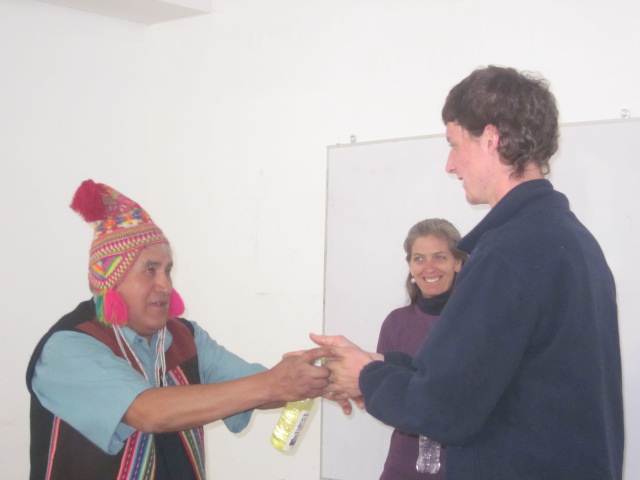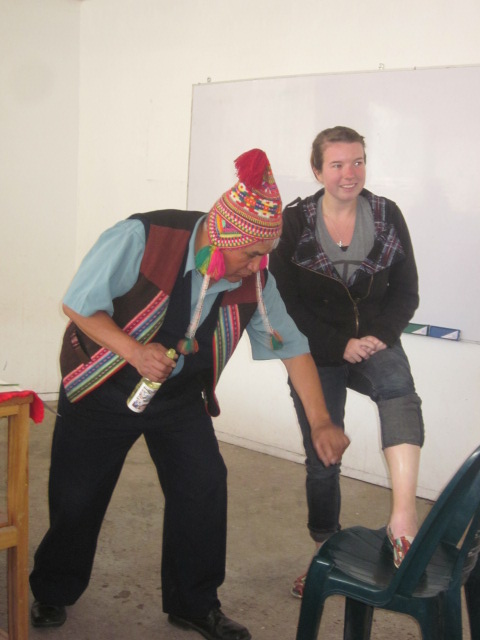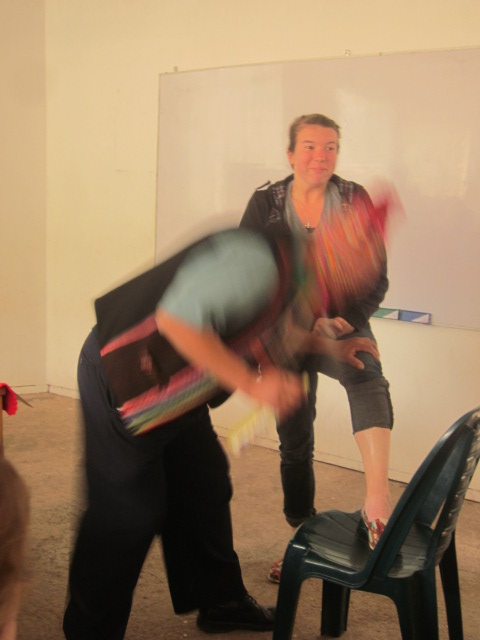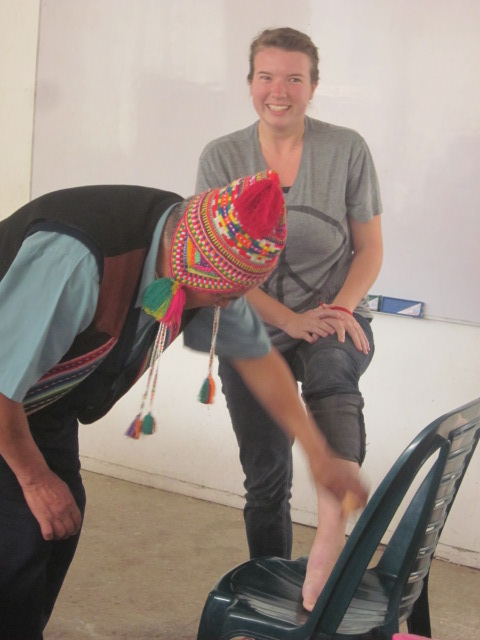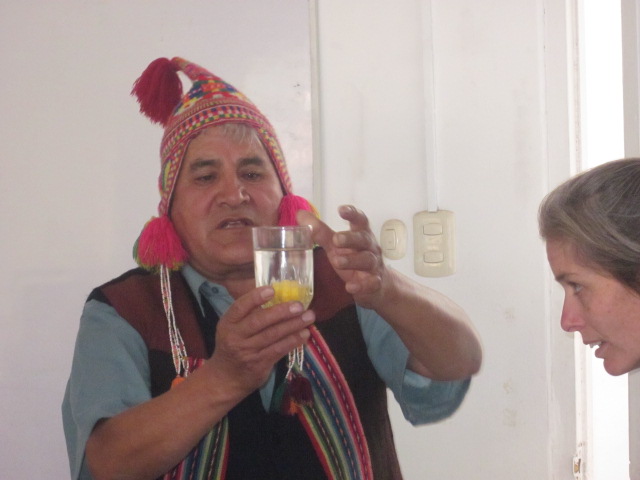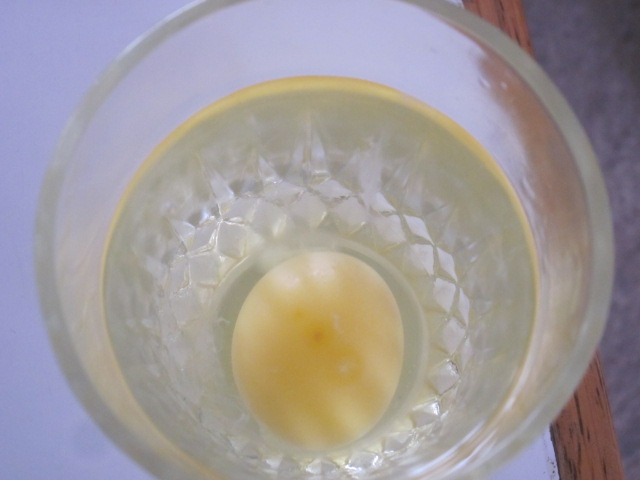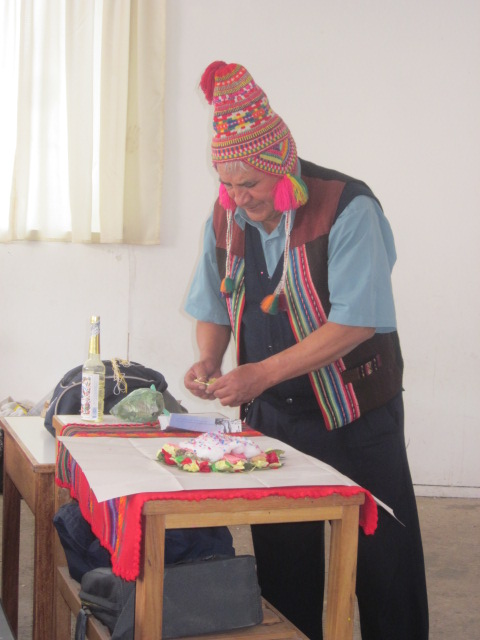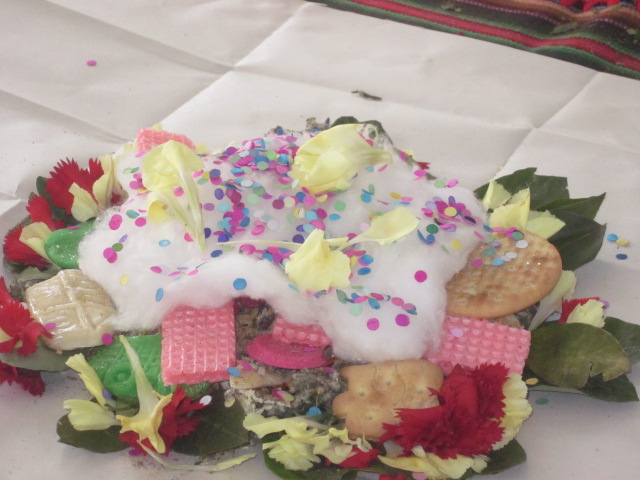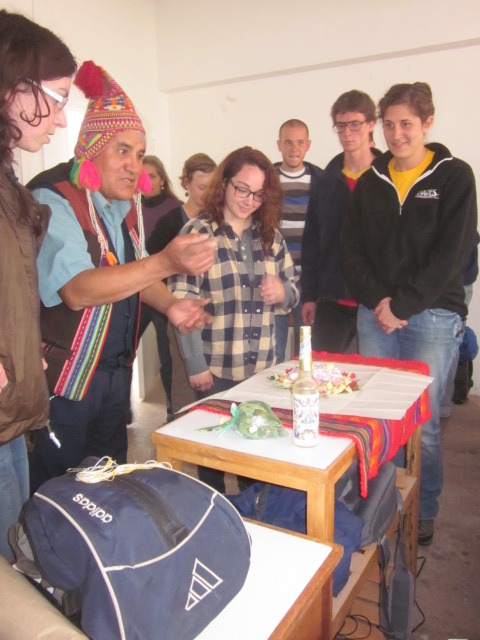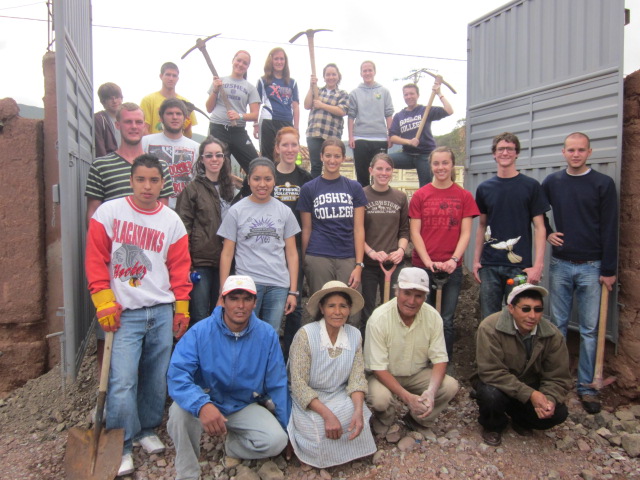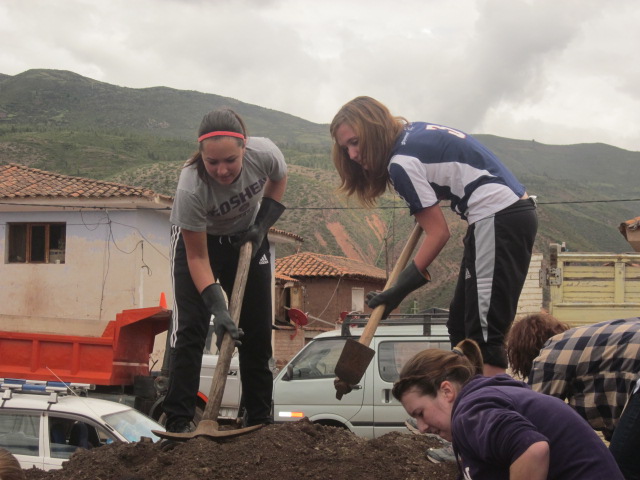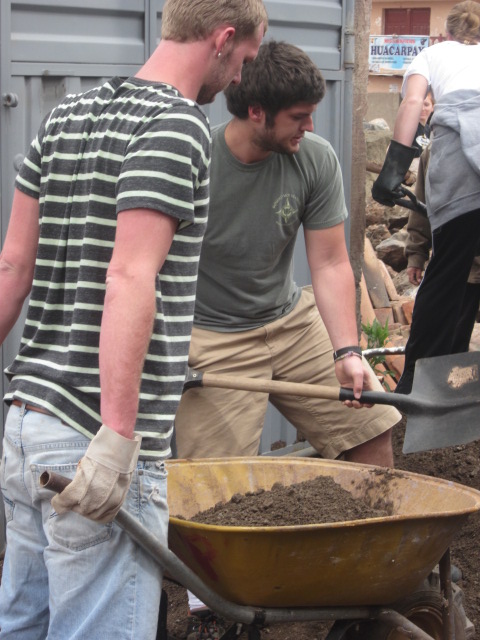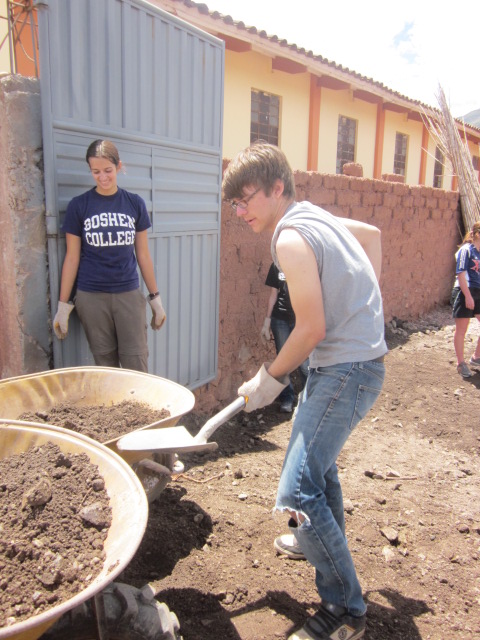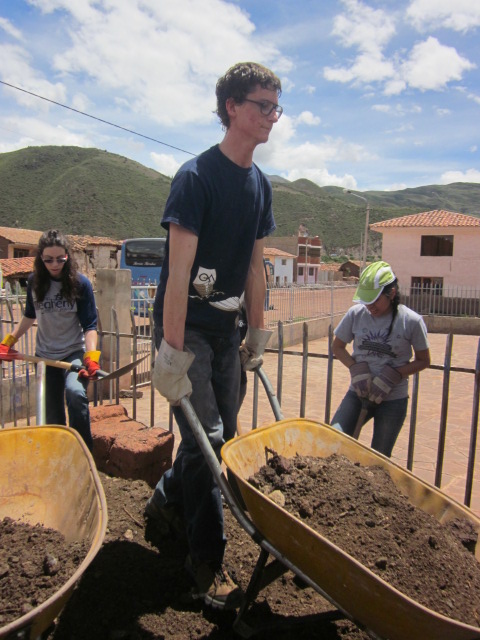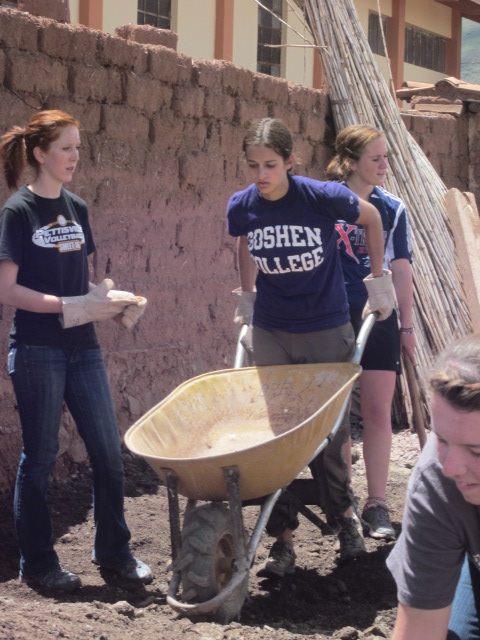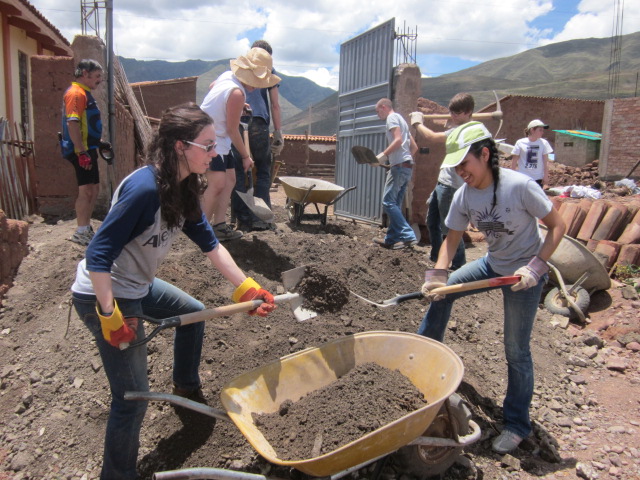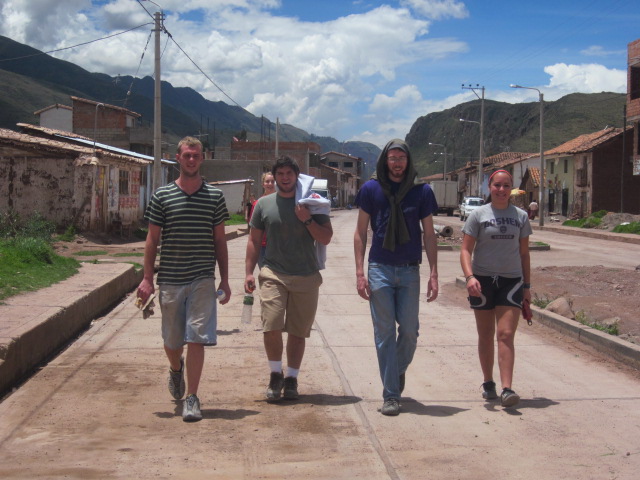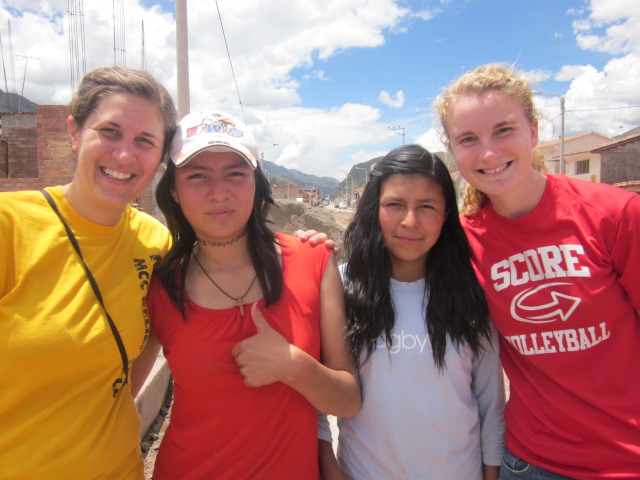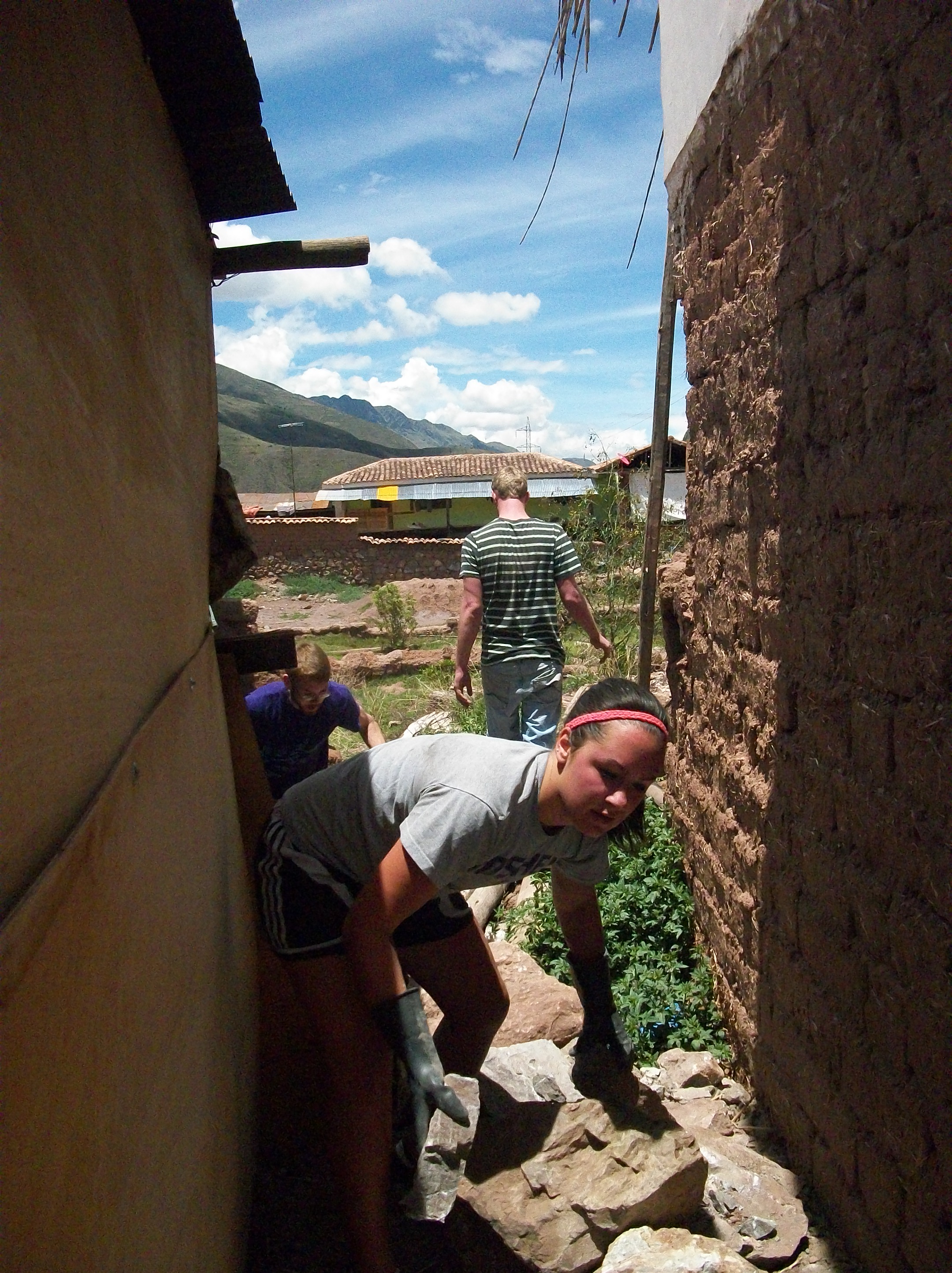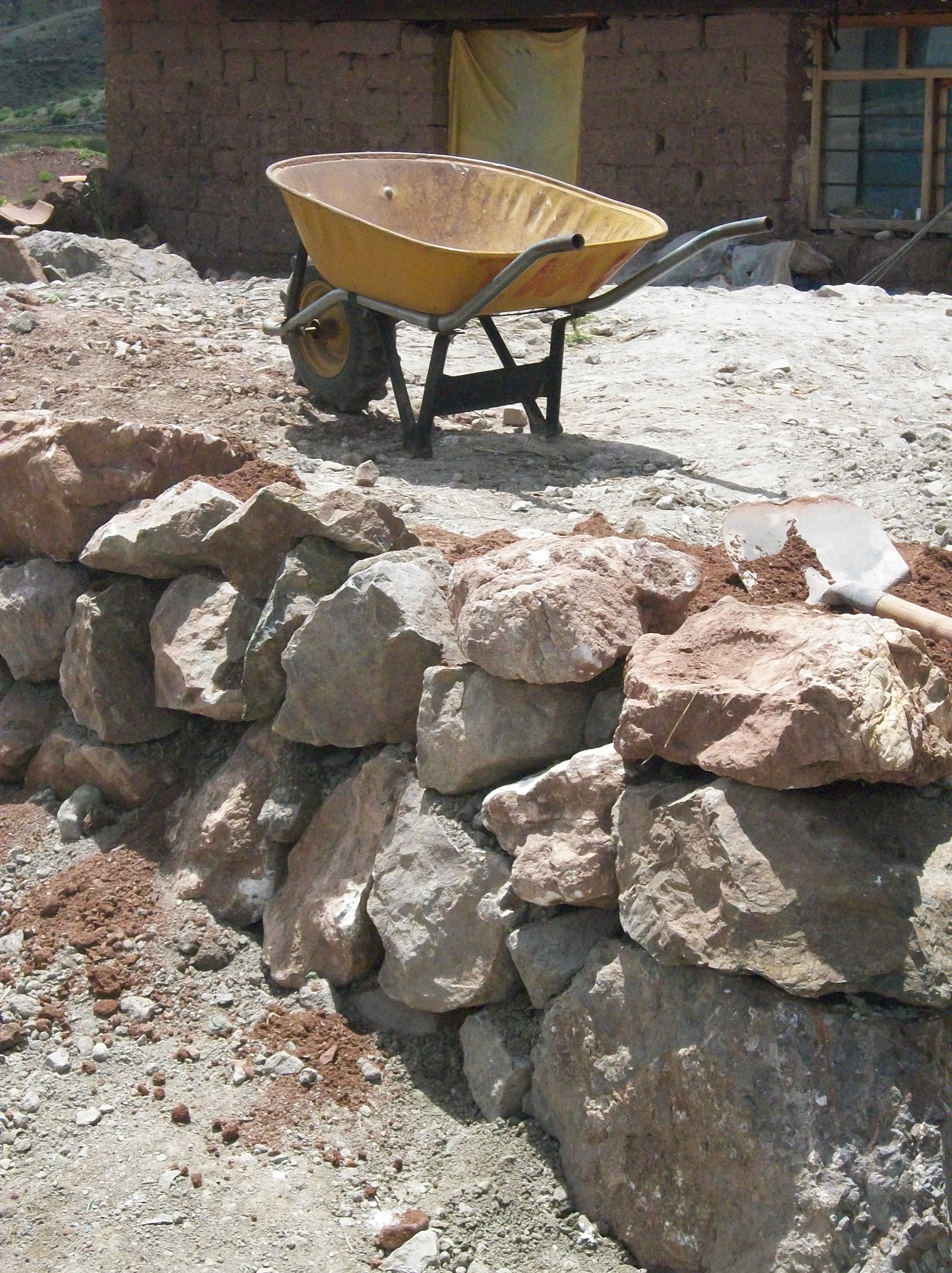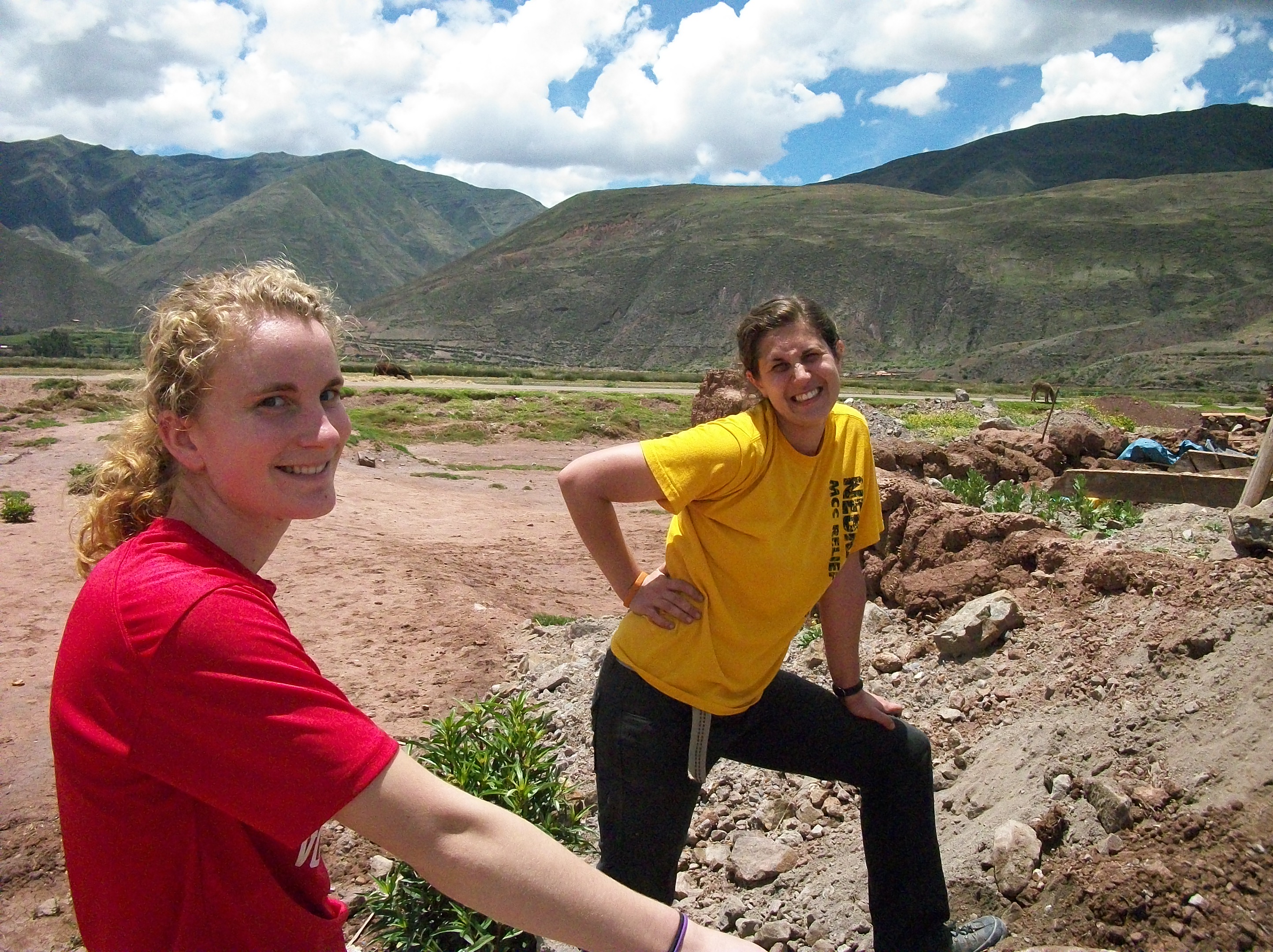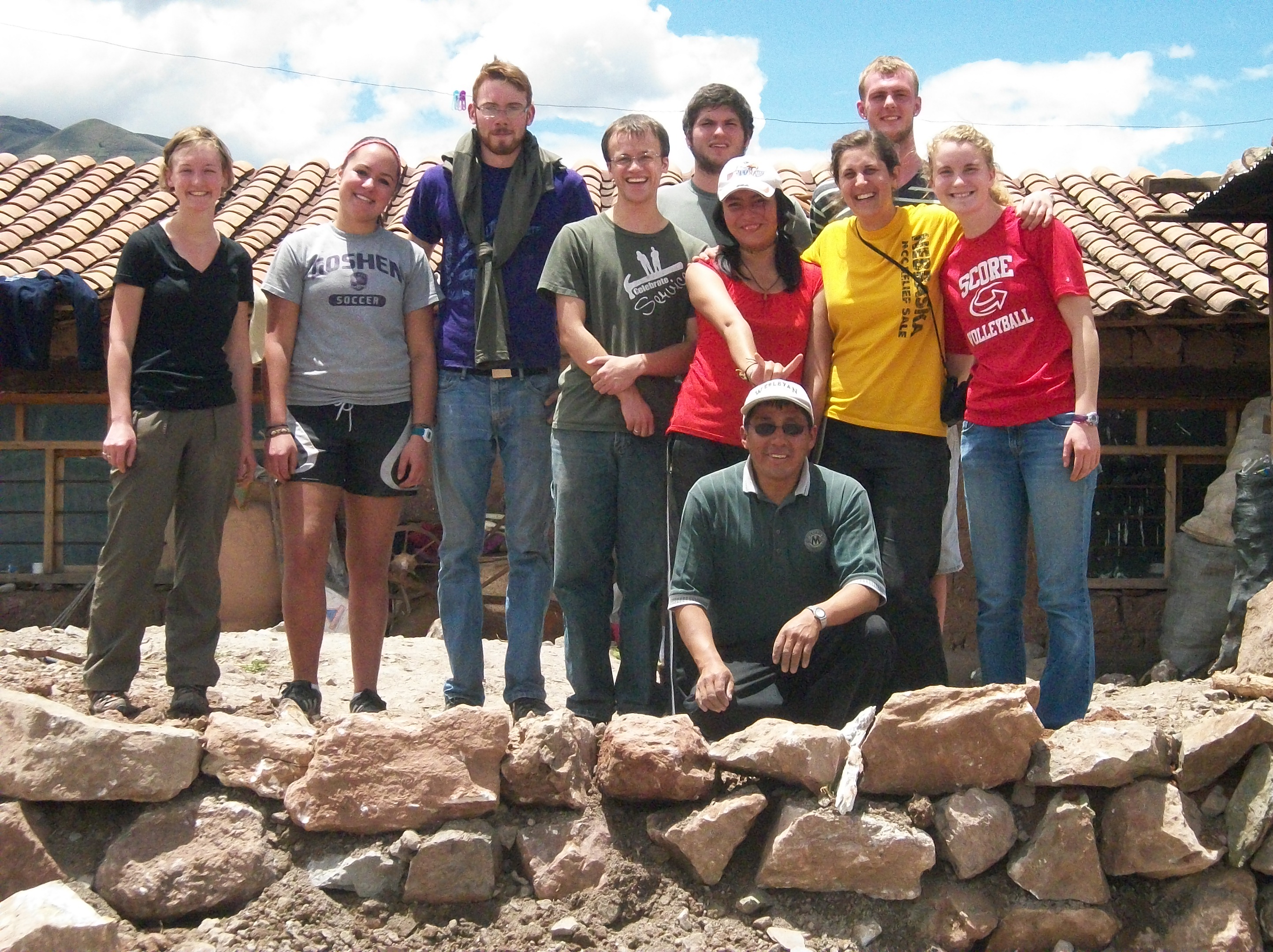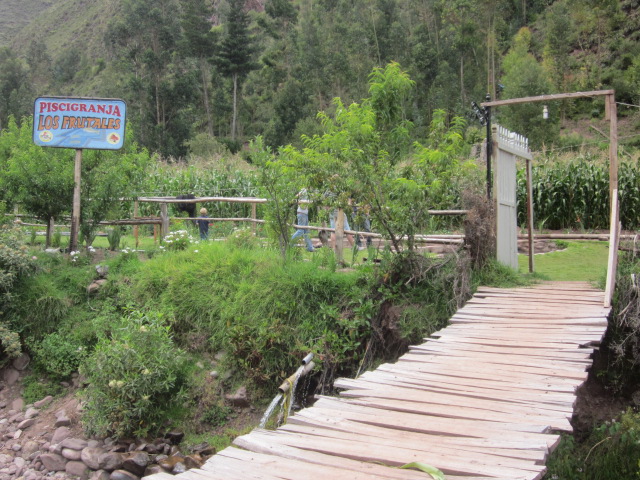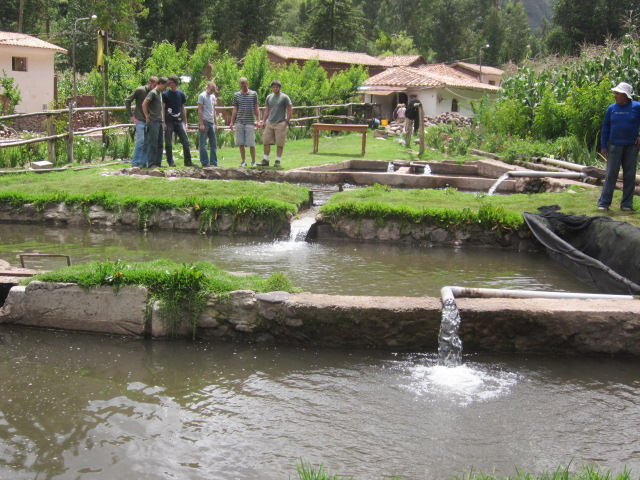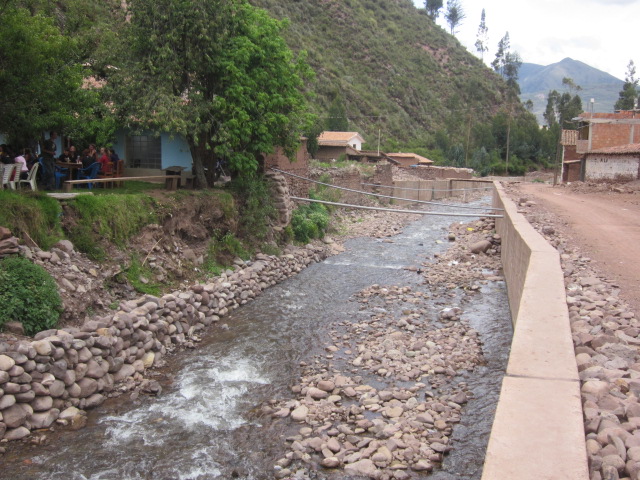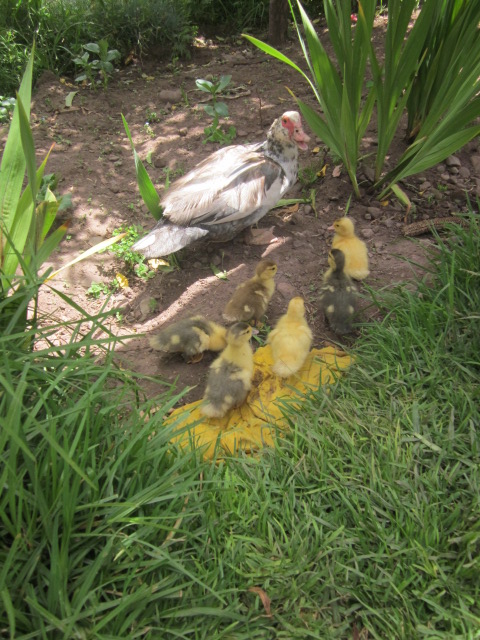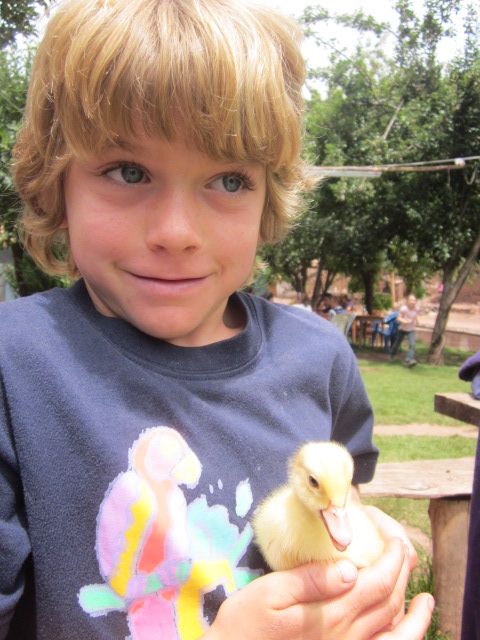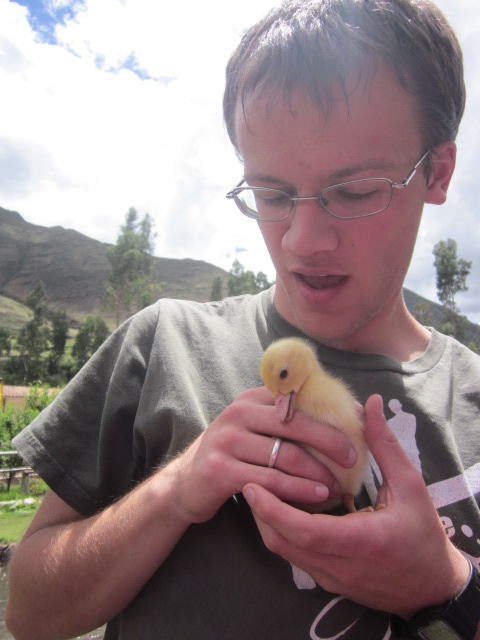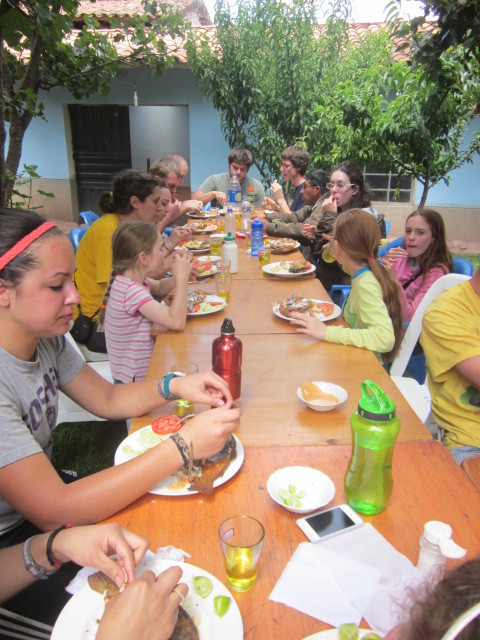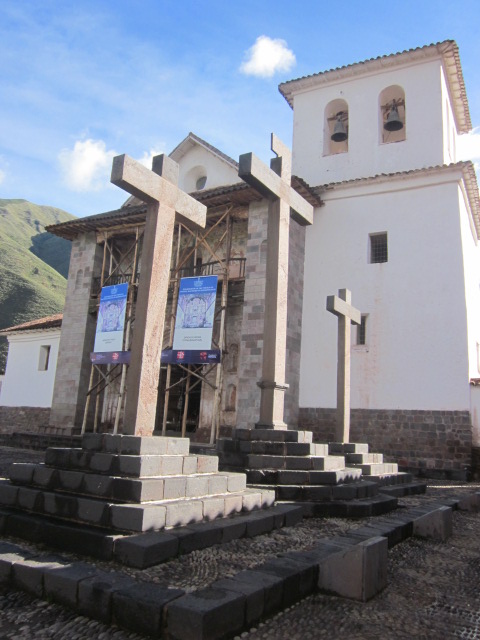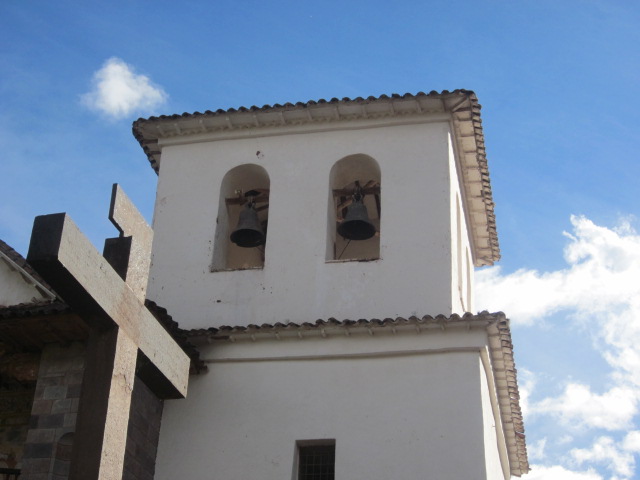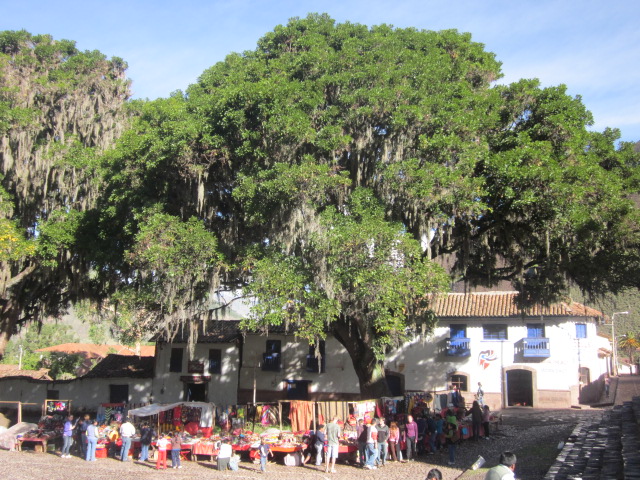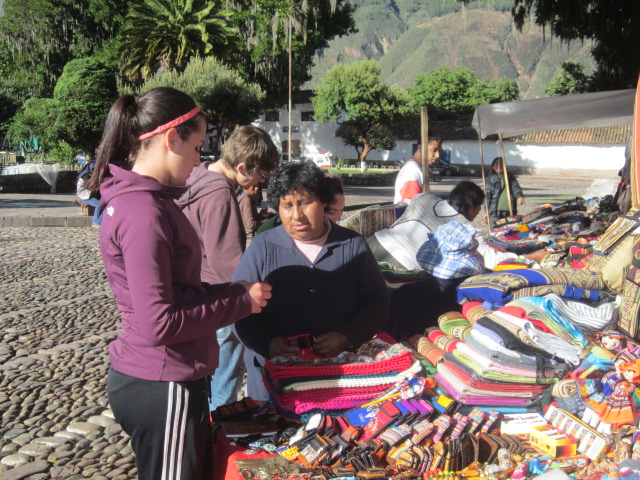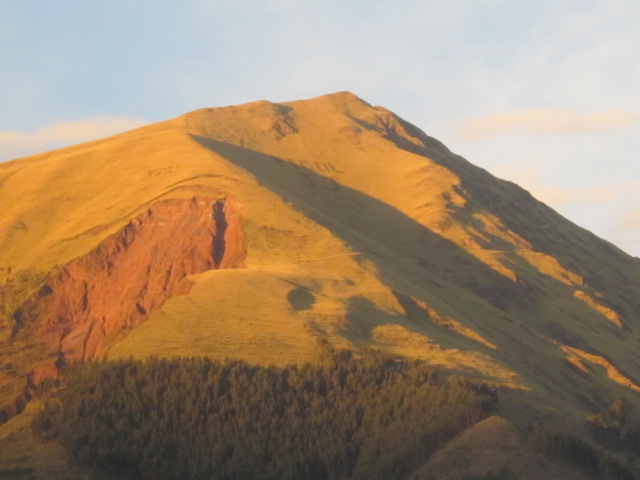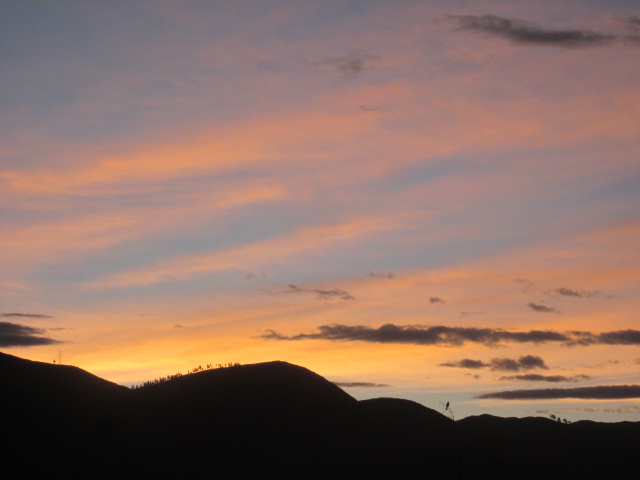Learning about Peru
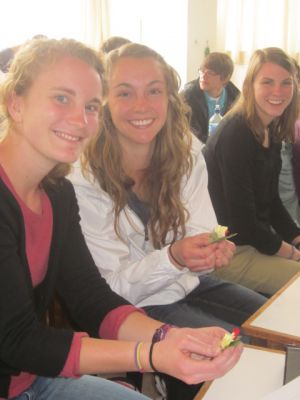
We began our first full week in Peru with a presentation on Peru’s economy. The average Peruvian earns only a fifth as much as the average US resident, but incomes are increasing quickly and the poverty rate is falling. Mining and tourism are helping to drive the country’s economic growth. These industries are also bringing profound changes as people move from the countryside in search of income and opportunity.
Next we heard from a curandero, or traditional healer. Senor Santos Ramirez Zuniga demonstrated a ritual that has been practiced for centuries in the Andes. One by one, he methodically placed a variety of items representing hopes or desires in a pile. He soon had a small assortment of leaves, flowers, candy, corn and plastic trinkets which he wrapped up into a bundle and would later burn and bury as an offering for Pachamama (Mother Earth). He then described an ancient coca leaf ceremony and showed us his technique for healing illnesses with flower water and an egg. The contrasts between what we witnessed there and the Christian ceremonies and modern medicine practiced in the States were fascinating.
Living with host families and understanding the culture requires a working knowledge of Spanish. The students’ mastery of Spanish varies widely — from basic to fluent. We are fortunate to have two experienced and capable instructors to teach during our time here in the Andes: Luz Arapaucar and Viviana Pujada. Their goal is to help everyone learn how to communicate in this oral culture, learning the Peruvian version of the second-most-spoken language on earth.
There are many ways to learn, of course, and some of the best opportunities happen outside the classroom. We spent a morning in the village of Huacarpay helping two families recover from the flooding of 2010. At one home a group of students moved a large pile of earth to raise the ground level behind the front gate. At the other a second group helped build a retaining wall to protect the house. The two families, members of the Mennonite Church, have been displaced for two years and it was satisfying to know that, in some small way, we were helping them put their lives back together.
After our service project, we traveled to the village of Lucre and dined on fresh fish at a trout farm operated by Pastor Eloy and his family. Most pastors in Peru have another profession to support their families. We enjoyed the chance to sit among the fruit trees in their yard and satisfy our hunger with local trout, potatoes, corn and salad.
We ended the day with a visit to one of the oldest churches in Peru. The construction of St. Peter’s Cathedral in nearby Andahuaylillas began in 1572, forty years after the arrival of Francisco Pizarro and his Spanish soldiers. The church is sometimes referred to as the Sistine Chapel of Peru. The walls are covered with vivid frescoes depicting the life of the Apostle Peter. Near the entrance is an engaging mural, The Way to Heaven and the Way to Hell. Like many churches in the New World, the artwork was intended to teach without the use of words — the Incas and their predecessors operated without a written language and Quechua words were first put onto paper less than a century ago.
